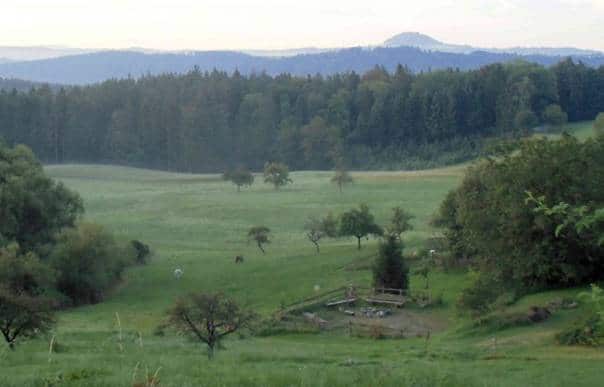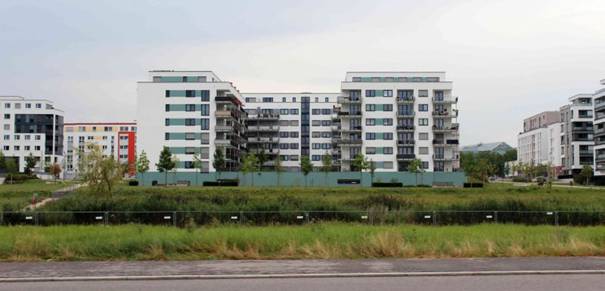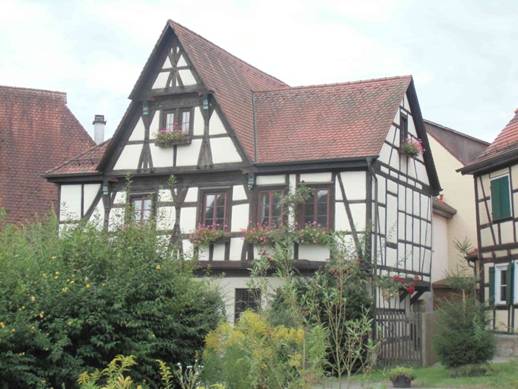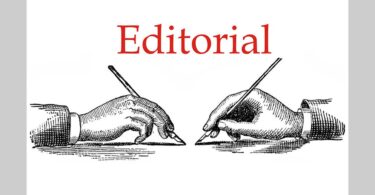Eternal principles are what let homeopathy stand the test of time and what will ensure it‘s successful application forever.
Visiting the industrial city of Stuttgart during a holiday trip I felt impressed by the deep contrast of the old and modern. On one side there were the traces of the past, leaving the impression that time seems to have forgotten these places. On the other side were signs of the contemporary spirit of the time.
In the countryside around the city there were villages with old barns, stables and bridle pathways, reminiscent of the time when horses and carriages where used to travel, and when much distance was covered by foot. In contrast, contemporary crowded highways have a multitude of lanes to drive at endless speed, to escape the pressure of time and, to satisfy our need for adventure.
There were very old houses, where, in earlier times, large families still used to live together and felt connected with nature. And there were buildings made with precast concrete slabs, where only remnants of the core family live and the last bit of ease and comfort got lost, after having paid the tribute to the advantages of industrialization and globalization.
I’m not trying to say that the modern is anything but advantageous. A nightly ride a‘ la “Earl-King“ could be anything but idyllic, and earlier housing and hygienic conditions often gave rise to epidemics. But changes sometimes come with a heavy price. Then and now, change doesn’t necessarily mean advancement although considered more beneficial than and superior to the previous level. Seeing the old and new made me think about what makes something last and timeless. Timeless refers to longevity instead of a volatile trend. The beauty and the good seem to be timeless, but any given point would require further definition, which must necessarily be a subjective judgment not striking everybody‘s note.
But as a homeopath, it was clear to me, what is truly timeless and remains untouched by all times obeys eternal natural laws. For these are basic and existed before anything else came into being, and their application is universal.
To quote James Tyler Kent:
“Eternal Principles, themselves, are authority. The Law of Similars is a Divine Law. So Soon as you have accepted the Law of Similars, so soon have you accepted Providence, which is law and order.“
Eternal principles are what let homeopathy stand the test of time and what will ensure it‘s successful application forever. As the orthodox school of medicine does not rest on sound principles – except for the outdated reductionistic Newtonian paradigm which views the human organism as a machine with parts to fix, there cannot be a permanent or reliable cure. For Hahnemann, it was clear that treatment cannot rest on ever-changing theories or hypotheses but only on a scientific, rational method. Ever since his consciousness of the lack of a sound principle in orthodox medicine, Hahnemann felt unable to practice this way of treating his patients, who often suffered more from their treatment than the disease. This inspired him to search for a truly curative healing method. Being convinced “that there must be a curative principle in medicine, reason divines as much“, he investigated how nature cures and discovered that, contrary to the old allopathic method, the true, the proper, the best mode of treatment is contained in the maxim: “TO CURE MILDLY, RAPIDLY, CERTAINLY, AND PERMANENTLY, CHOOSE, IN EVERY CASE OF DISEASE, A MEDICINE WHICH CAN ITSELF PRODUCE AN AFFECTION SIMILAR (üìïéïí ðÜèïò) TO THAT SOUGHT TO BE CURED!“ [p.64 introduction Organon]
Building homeopathy upon eternal laws and the vitalistic principle of nature is what makes this healing art timeless, inextinguishable and practicable ad infinitum. Stuart Close appropriately described homeopathy‘s foundations as “solid concrete, composed of the broken rock of hard facts, united by the cement of a great natural principle…” upon which the superstructure has been raised so soundly that it is inseparable from the foundation.
Homeopathy‘s most important, basic law is the Law of Similars, to which we dedicate the October issue of Homeopathy for Everyone.
In this issue:
Interview – Our editor Katja Schütt interviews Larry Malerba, who shares his valuable insights with us.
Editorial – “Then and now” – Katja Schütt
ARTICLES
TIDBITS – by Elaine Lewis
Stuart Close – “Characteristics and Keynotes“
Katja Schütt – “Homeopathy and Similarity in the realm of dynamics“
Matthew Wood – “The Doctrine of Signatures“
Dana Ullman – “Understanding Nature to Learn Materia Medica“
Martha Derbyshire – “The Law of Similars – Similia Similibus Curenture: Like cures Like“
Cornelia Cannon Holden – “Diversity in the Law of Similars – Mainstream and Alternative Homeopaths in Massachusetts“
Gill Graham – “Auguries of Truth. The law of similars and the simillimum in wider context with a focus on resonance and vibration, with reference to the arts and philosophy”
Katja Schütt – “Woodward’s similarity in the sequence of affected organs and tissues as a therapeutic guide“
Jose Luis Cestari – Homeopathy: History, validity and legality in Venezuela“
Katja Schütt – “Alfred Wheelock Woodward – A foremost homeopath in the West – Biography
Constantine Hering – “What is Similar“
Rajan Sankaran – The Soul of Remedies: Stramonium
CASES
Ian R. Luepker – Childhood Depression – from darkness into light
Petr Zacharias – Urticaria and atopic dermatits
Anke Zimmerman – A four year old girl with intense fear of dogs
Stefan Durniok – A four year old girl with chronic skin eruptions
Ian R. Luepker – Seizures absent while playing cello
Anke Zimmerman – The Caged Heart – a case of vasospastic angina
Torako Yui – Two cases of calcium deficiency syndrome
Veterinary
Ask the Holistic Vet: Dr. Deva Khalsa answers readers’ veterinary questions. Exceptional advice and guidance!
The Plant Doctor: Radko Tichavsky, renowned Agrohomeopath, answers readers questions about about crops and houseplants.
Research
Robert Medhurst – Another article in his important series on research on homeopathy.
Book Reviews
Fighting Fire With Fire – Homeopathic Detox Therapy by Ton Janson – reviewed by Rochelle Marsden
Quiz: Elaine Lewis has a new quiz, plus answers from last month’s quiz. Send your answers!
There’s more! Remember to see Alan’s Tips & Secrets, Cartoon and Crossword puzzle.
Get Involved! Send your questions and comments, cases, articles, book reviews and interviews to: [email protected]
Images © Katja Schütt
Save







